beige spots and holes in rose leaves. please help
Tiffany
3 years ago
Featured Answer
Sort by:Oldest
Comments (27)
Chris Martins Zone6a Chicago
3 years agoTiffany
3 years agoRelated Professionals
Ballwin Landscape Architects & Landscape Designers · Beachwood Landscape Architects & Landscape Designers · Carson Landscape Architects & Landscape Designers · Paradise Landscape Architects & Landscape Designers · Mount Wilson Landscape Architects & Landscape Designers · Brooklyn Center Landscape Architects & Landscape Designers · Burlington Landscape Contractors · Barrington Landscape Contractors · Bergenfield Landscape Contractors · Cliffside Park Landscape Contractors · Columbine Landscape Contractors · Darien Landscape Contractors · Estelle Landscape Contractors · Gurnee Landscape Contractors · Siloam Springs Landscape ContractorsTiffany
3 years agostrawchicago z5
3 years agolast modified: 3 years agostrawchicago z5
3 years agoTiffany
3 years agoChris Martins Zone6a Chicago
3 years agostrawchicago z5
3 years agoTiffany
3 years agoChris Martins Zone6a Chicago
3 years agostrawchicago z5
3 years agoTiffany
3 years agorifis (zone 6b-7a NJ)
3 years agoDingo2001 - Z5 Chicagoland
3 years agoTiffany
3 years agoCeresMer Zone 7a NJ
3 years agoTiffany
3 years agostrawchicago z5
3 years agolast modified: 3 years agorosecanadian
3 years agoDingo2001 - Z5 Chicagoland
3 years agostrawchicago z5
3 years agolast modified: 3 years agoChris Martins Zone6a Chicago
3 years agorosecanadian
3 years agostrawchicago z5
3 years agorosecanadian
3 years agostrawchicago z5
3 years ago
Related Stories

PETSThe Hardworking Laundry Room: A Spot for the Litter Box
These clever solutions help keep the cat’s restroom out of the way
Full Story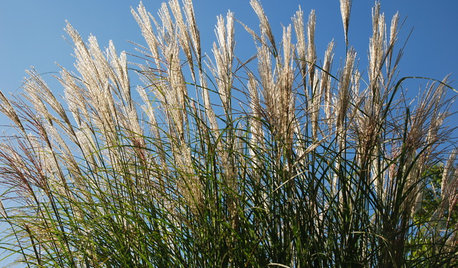
LIFEConsider Avoiding These Plants to Help Keep Your Garden Fire-Safe
Plants that accumulate dead material, are high in oil or have low moisture content in leaves put some homes at risk
Full Story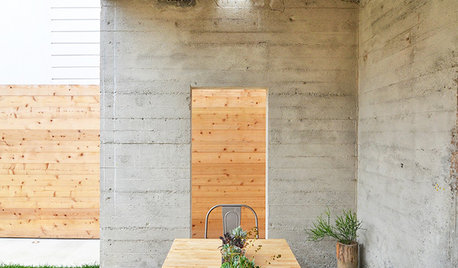
PATIOSAn Outdoor Dining Spot Creates Quiet Time in the Heart of San Francisco
See how this abandoned site became a big-city oasis with the help of a new lawn and a unique outdoor dining area
Full Story
PETS6 Ways to Help Your Dog and Landscape Play Nicely Together
Keep your prized plantings intact and your dog happy too, with this wisdom from an expert gardener and dog guardian
Full Story
MOST POPULARCrowd-Pleasing Paint Colors for Staging Your Home
Ignore the instinct to go with white. These colors can show your house in the best possible light
Full Story
PETSHow to Help Your Dog Be a Good Neighbor
Good fences certainly help, but be sure to introduce your pup to the neighbors and check in from time to time
Full Story
GARDENING GUIDESLearn the Secret to Bigger and Better Roses
Grow beautiful roses using both ordinary and unusual soil amendments
Full Story
NEUTRAL COLORSHow to Bring Beige Walls to Life
Go for sprightly instead of snoozy by pairing beige walls with higher-octane hues
Full Story
GARDENING GUIDESYour Complete Guide to Fall Rose Care
Cooler temperatures are on their way, and it’s time to get your rosebushes ready for fall
Full Story






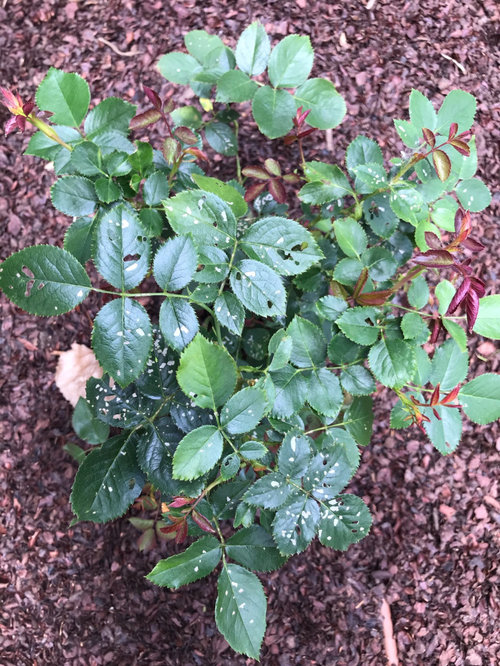

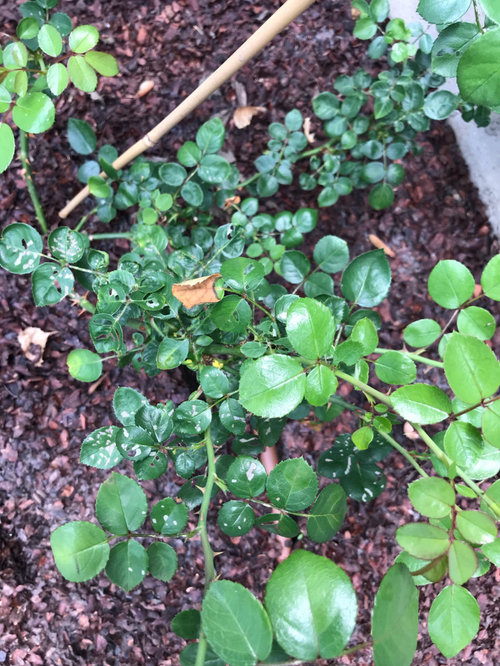
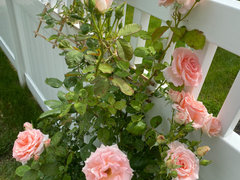
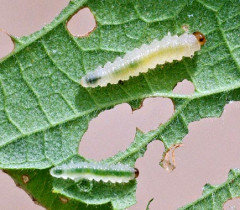
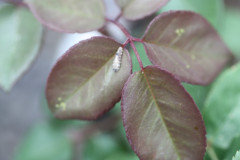



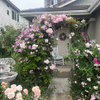
CeresMer Zone 7a NJ